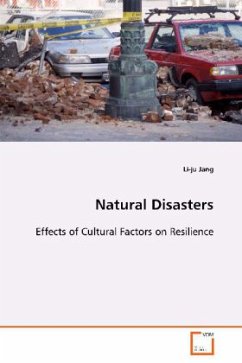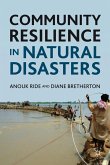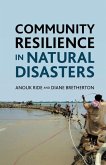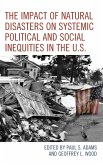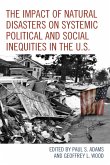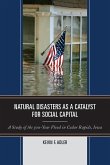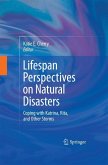This book discusses the relative contribution that
cultural factors, social support networks and
spirituality, have in facilitating resilience. To
date, the literature has concentrated on studies of
Western, individualist cultures, with relatively
little attention paid to collectivist cultures.
Significant differences in, for example, social
structures and interpretive mechanisms, suggest that
collectivist cultures must be studied separately if
a comprehensive model of disaster resilience is to
be developed. Taiwan, a collectivist culture, has a
long history of battling natural disasters such as
earthquakes and typhoons. On average, 4.8 natural
disasters strike the island every year. Repeated
exposure to disasters creates a natural laboratory
for disaster science. The concept of resilience is
of great importance to disaster studies and
management. Professionals who work with survivors
will need to understand what helps them to function
well during and after disasters, and how to
incorporate this knowledge into new practice
strategies that foster the survivors strengths and
resilience.
cultural factors, social support networks and
spirituality, have in facilitating resilience. To
date, the literature has concentrated on studies of
Western, individualist cultures, with relatively
little attention paid to collectivist cultures.
Significant differences in, for example, social
structures and interpretive mechanisms, suggest that
collectivist cultures must be studied separately if
a comprehensive model of disaster resilience is to
be developed. Taiwan, a collectivist culture, has a
long history of battling natural disasters such as
earthquakes and typhoons. On average, 4.8 natural
disasters strike the island every year. Repeated
exposure to disasters creates a natural laboratory
for disaster science. The concept of resilience is
of great importance to disaster studies and
management. Professionals who work with survivors
will need to understand what helps them to function
well during and after disasters, and how to
incorporate this knowledge into new practice
strategies that foster the survivors strengths and
resilience.

